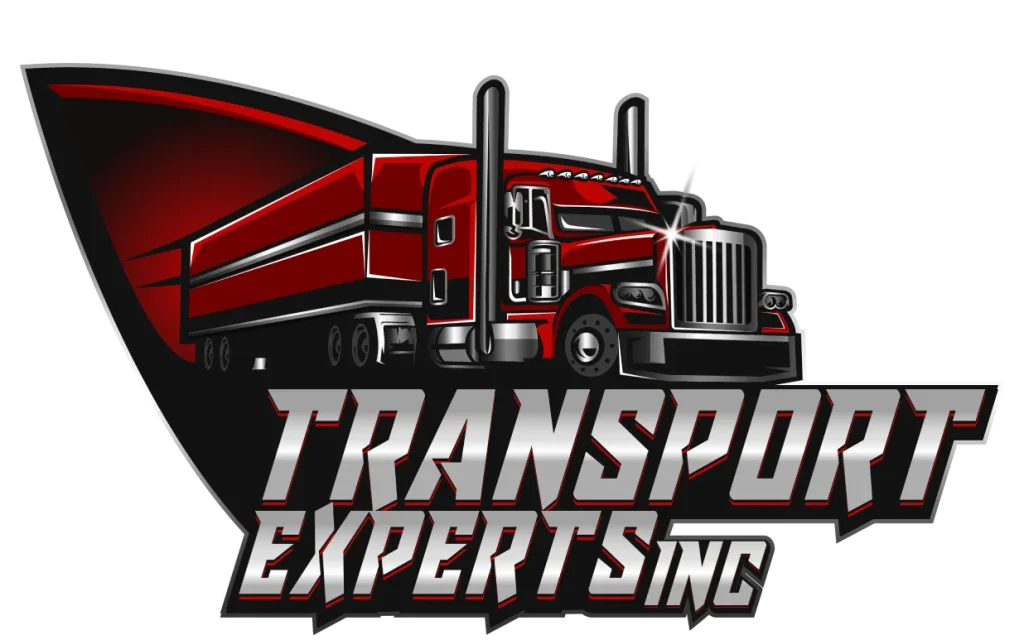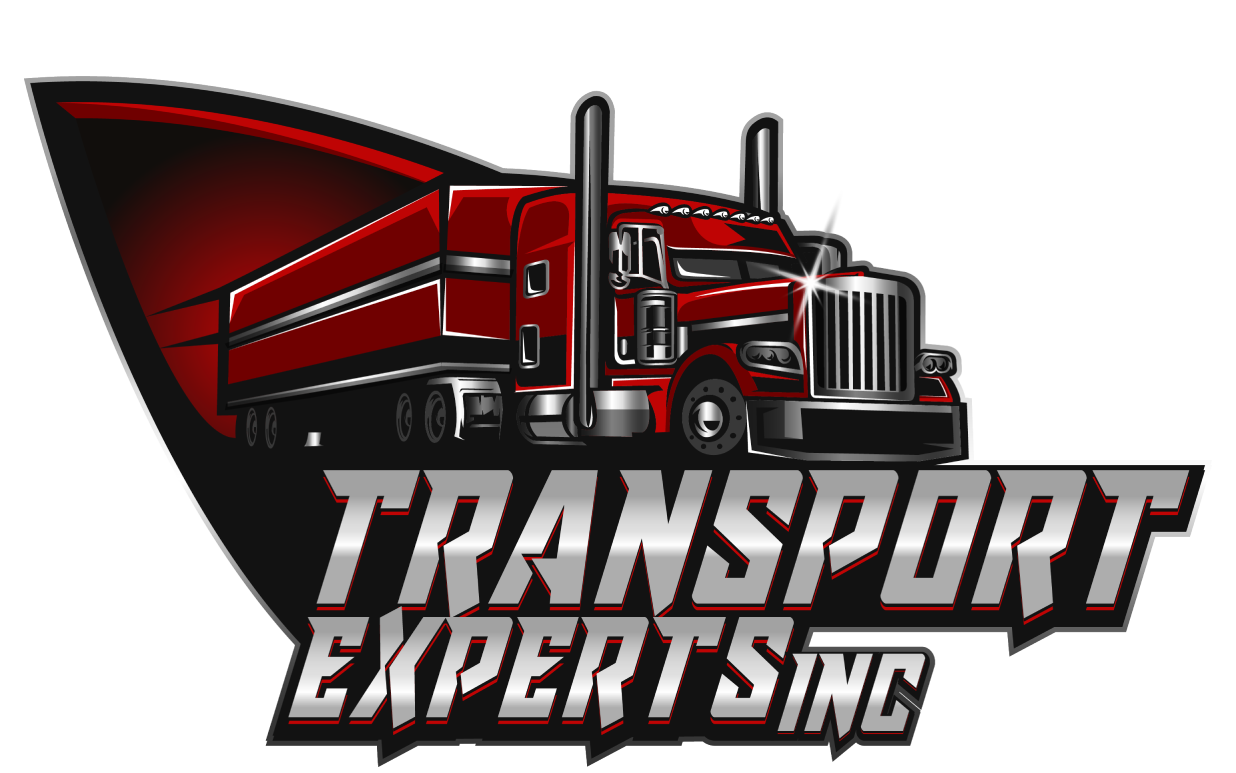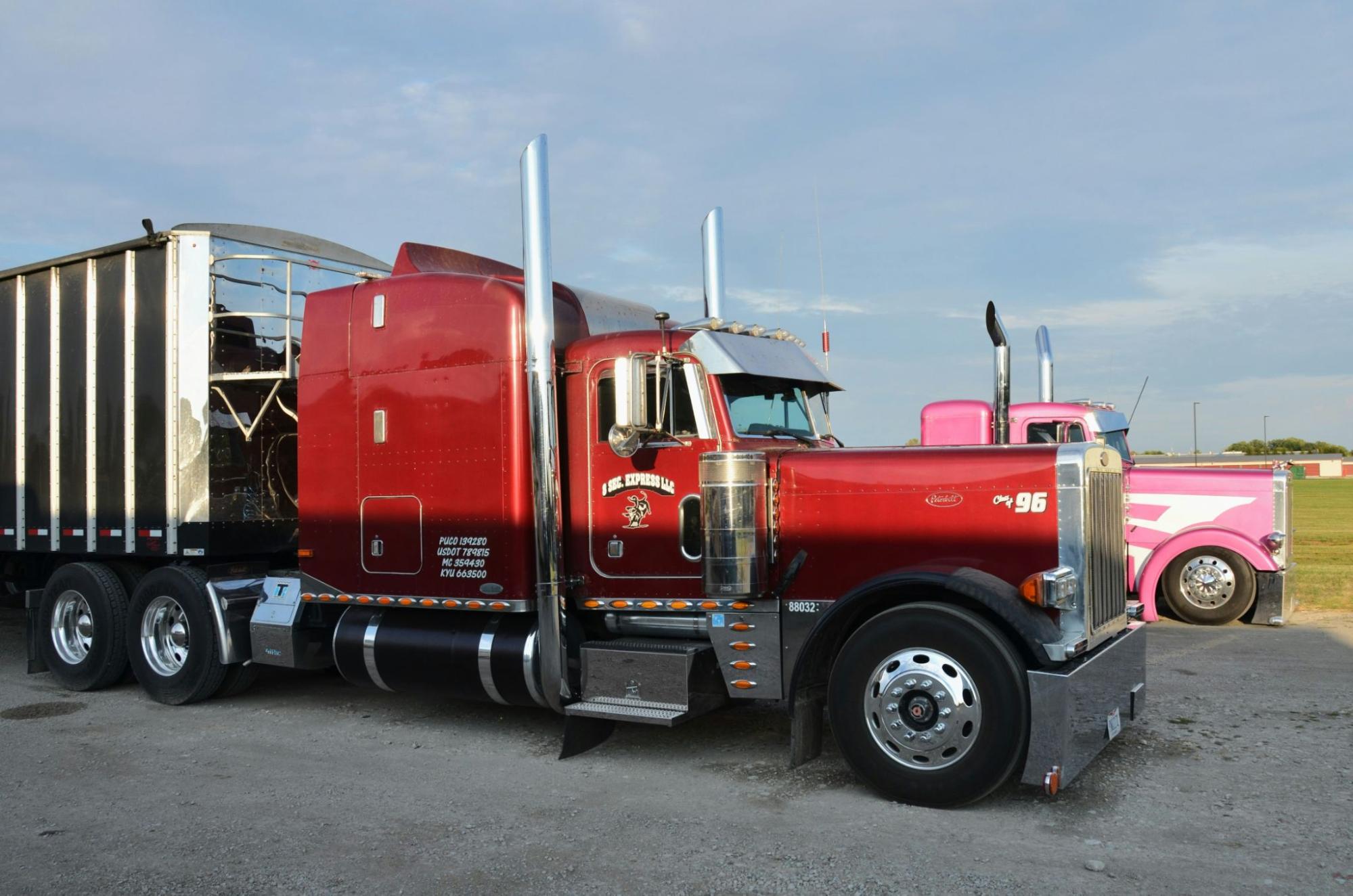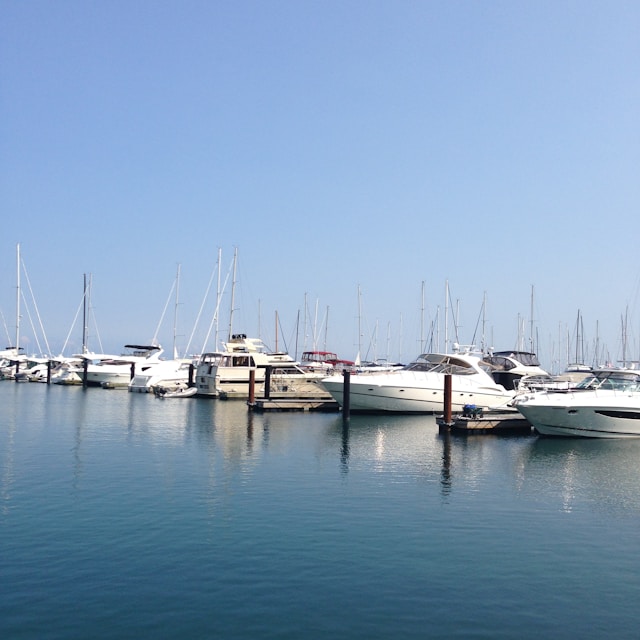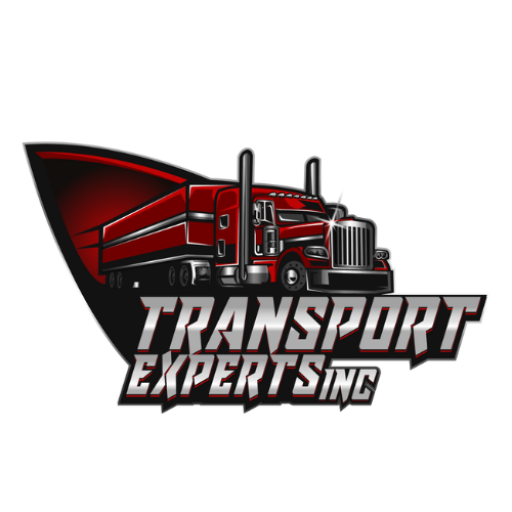If you have ever had an experience with heavy equipment shipping , then you must have come across the terms oversize load and superload.
Obviously, like everyone else, you must have thought of them as the same thing. But what if I told you that they are totally different from one another?
I know, they sound amazingly similar, but they are just two sides of the same coin. Apparently, they seem exactly alike, but in reality, they do have their differences.
It’s okay, not many people know this, but one thing is for sure: you are not going to be one of them. As of today, you are going to learn the key difference between an oversize load and a superload. And why you really need to know it.
So, come on! Let us dive deep into this topic and explore the difference between an oversize load and superload transport for you. Here we go!
Understanding Oversize Loads: Dimensions, Legal Limits and Requirements

Let us understand both of these terms step by step. First, we need to understand what an Oversize load is.
An oversize load is any kind of shipment that exceeds the standard limit of legal size for road transportation. In the USA, here is what makes a shipment an oversize one.
- Width: 8.5 feet
- Height: 13.5 feet
- Weight: 80,000 pounds gross vehicle weight, 20,000 pounds weight of single axle, and 34,000 pounds tandem axle weight.
So, if your shipment exceeds any of these numbers, then it will become an oversize load. But what’s interesting is that each US state has its own set of rules and regulations for an oversize load.
Your shipment might be an oversize load in one state but not in other states. They normally include items like prefabricated homes, heavy equipment , or construction machinery.
Movement of oversize loads normally needs:
- State or local special permits.
- Pilot cars or escort vehicles on specified routes.
- Small diversion of routes to evade low bridges or small roads.
Although this requires additional planning, oversize loads are quite common and can be moved with reasonable modifications.
But if you don’t want to get into any mess to choosing the right type of transportation,
What Qualifies as a Superload? Key Characteristics and Equipment Needs

Once we clearly know what oversize load it is, let us now understand what can be counted as a Superload in shipment.
- Width: 16 feet
- Height: 16 feet (4.8 meters or more)
- Weight: 200,000 pounds
Superloads are extremely massive and heavy to the extent that they cannot be moved using ordinary trailers. They frequently need special machinery, e.g., multi-axle trailers or hydraulic platform trailers or purpose-built containers to distribute the weight in a safe manner.
The other major difference is the approval process. Superload permits are often much slower since the authorities have to check on all the details, such as weight capacities of bridges, road widths, among others, to ensure that the load can be carried without causing any damage to the infrastructure.
Difference Between an Oversize Load and Superload: Comparing Size, Permits and Planning
I know it gets confusing sometimes. But here I have compared them side by side to help you understand the key difference between an oversize load and superload. Trust me, this is the simplest way to put it all together.
-
Size Thresholds
- Oversize Load: Marginally high (over 8.5 ft wide, over 13.5 ft high, over 53 ft long, or 80,000 lbs).
- Superload: Much more than limits (over 16 ft wide, 16 ft tall, 160 ft long or 200,000 lbs).
2. Permit Process
- Oversize Load:
- Needs state licenses.
- Typically approved quickly.
- May require one or two escort cars.
- Small route optimisation.
- Superload:
- Needs various approvals on the county and state levels.
- Longer approval timelines.
- Essential engineering and route inspection to ensure that the weight can be supported by bridges and roads.
- Frequently requires liaison with the utilities in case lines or signals need to be changed.
3. Equipment Needs
- Oversize Load: Can frequently be transported in regular or slightly adapted trailers.
- Superload: Special containers or hydraulic trailers, or multi-axle systems, are necessary to carry out the loading safely.
So we can say that oversize loads are difficult but common, whereas superload transports are complicated projects that need great attention and special skills. That is why it is always best to have professionals like Transport Experts Inc. by your side to fulfil your transportation needs.
Permitting and Regulations: Key Differences Between an Oversize Load and Superload
Permitting is where the distinction between an oversize load and superload can truly be seen.
- In the case of oversize loads , the processing of permits typically takes a few hours, even on the same day. It may require one or two escort cars and limitations on hours in transit (such as no night or holiday driving).
- In the case of superloads, the procedure is far more intensive. Here is what you will be needing:
- Several state and county permits.
- Engineering surveys to examine bridges, overpasses and road structures.
- Survey of routes to ensure clearances and turning space.
- Utility coordination in case power lines or traffic lights should be shifted.
This additional level of control helps preserve safety not only to your cargo, but also to all the other people on the road.
So, getting a permit for superload transport is far more hectic than you think.
Safety and Route Planning for Superload and Oversize Load Transport
In heavy hauling, the number one priority is always safety. Escort vehicles and traffic control are widely used for both oversize loads and superloads to secure the load and direct it through the difficult pathways.
The route planning is particularly important when it comes to superloads. These deliveries should not go through low bridges, sharp turns and weak roads. Logistic specialists like Transport Experts Inc . and engineers tend to take weeks to examine the routes to make sure that the cargo will not encounter any unexpected challenges. It may take only a miscalculation to result in delays, dangers, or even damage to infrastructure, and thus careful planning is not negotiable. You’d better be careful always.
Partnering with Transport Experts Inc. for Oversize Load and Superload Transport
You know, one of the best ways to avoid this overall fuss and mess of shipping your oversize load and superload is to hire Transport Experts Inc.
They understand that hauling oversize loads and superloads is not about the transportation between point A and point B. It is about doing it in a safe, efficient manner within the boundaries of the law.
Whether you are transporting an oversized shipment or a large superload, their crew has the expertise, machinery, and skills to do it. Here is why Americans trust us:
- Dealing with complicated permit procedures.
- Organising escort cars and route surveys.
- Safe transportation in special trailers and equipment.
- Routing to minimise risks and delays.
When you collaborate with us, you will have peace of mind that your load is in professional hands. Contact us now and say goodbye to all of your worries.
Frequently Asked Questions
The difference between an oversize load and a superload lies in their dimensions and handling requirements. An oversize load slightly exceeds standard legal size or weight limits, while a superload is significantly larger and heavier, requiring special equipment, detailed planning, and state-issued waivers for transport.
A load is considered oversize if it exceeds 8.5 feet in width (102 inches), which is the standard maximum legal width for most U.S. highways. Anything beyond this limit typically requires an oversize load permit and may involve additional safety measures such as warning flags or lights.
A superload permit is generally required for shipments that exceed 16 feet in width, 16 feet in height, 160 feet in length, or 200,000 pounds in weight. Each state has its own regulations, but these thresholds typically define when a load qualifies as a superload and needs special authorization.
Superloads place significant stress on roads, bridges, and infrastructure due to their massive size and weight. That’s why detailed route surveys and engineering assessments are required before moving them. These evaluations ensure that the route can safely handle the load and prevent damage to public property.
Yes, both oversize and superload shipments often require pilot cars or escort vehicles to ensure road safety. Oversize loads typically need one or two escorts, while superloads may require multiple escorts, police assistance, and even utility coordination to manage obstacles like traffic signals or power lines along the route.
